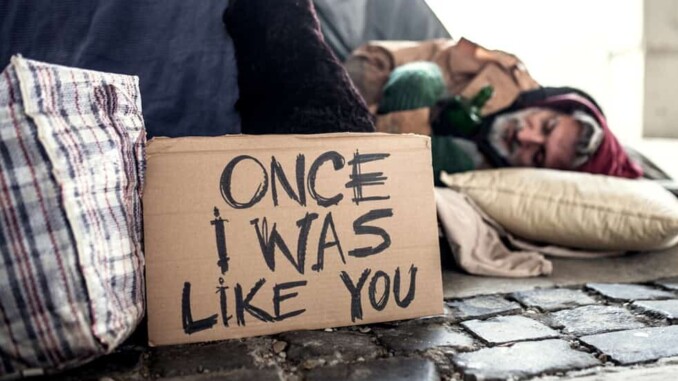
At the Feb. 18, 2020 meeting, the Members of the Committee on Homelessness voted to present an emergency plan to end homelessness to the City Council, a pilot program that will house those experiencing homelessness through a combination of direct housing and Accessory Dwelling Units (ADUs).
In a 4-1 vote, the committee decided to ask City Council for $1 million – a number negotiated down from $7 million – with half to be used for partnering with landlords to provide direct housing, and the other half to fund Culver City’s proposed ADU grant program. Member Ira Diamond voted “no.”
In a document shared with the committee, Mark Lipman, the plan’s author, outlined an ambitious plan to house all homeless in Culver City.
“By directly housing people we can actually save money,” Lipman said. In his original plan, City Council would provide $7 million to directly house Culver City’s approximately 300 homeless citizens. With help from Section 8 vouchers and funding from Gov. Newsom, the city would spend $200 per homeless person a month on housing. To most on the committee, the ask was too high.
“We won’t be taken seriously,” Karl Silbiger, Committee Chair, said, referring to City Council. He went on to say that he “agrees with the highest need.”
Currently, the plan emphasizes working with “good faith” landlords identified through the city’s Rental Registration system, which was introduced as part of the interim rent control measure. According to the plan document, by partnering with landlords to provide direct housing, who in some cases are “struggling for their own financial security,” the City is “shoring up our middle class, so that they may continue to thrive.”
In addition to Section 8 vouchers and city funds, individuals being housed would be required to provide $50 per month towards the rent, or a third of their paycheck, whichever amount is higher.
But what about “bad faith” landlords?
A vacancy tax could help to make up for long-standing empty units that aren’t used to house the homeless. For units that remain unfilled by landlords who refuse to participate in the potential city program, a “progressively increasing” vacancy tax would be imposed each month the unit remains empty.
“As we know there are good landlords and there are bad landlords,” Lipman said. “Either you open the unit and let us house someone there, or you pay a tax for closing it.”
This isn’t the first time in Los Angeles that a proposal like this has been made. Last year, Los Angeles City Councilman Mike Bonin requested a report from the city on options for imposing an “empty homes penalty.” The American Community Survey estimates that nearly 95,000 homes across Los Angeles sit vacant.
While everyone in the room on Tuesday night was in agreement that the homeless need homes, not everyone was convinced of the plan’s promise.
“I think we should look at it globally,” Diamond said. “I don’t think this program is for everyone.”
The plan also includes a linkage fee or an equitable tax on major corporations. A linkage fee study is currently underway.
Elizabeth Moss


Be the first to comment